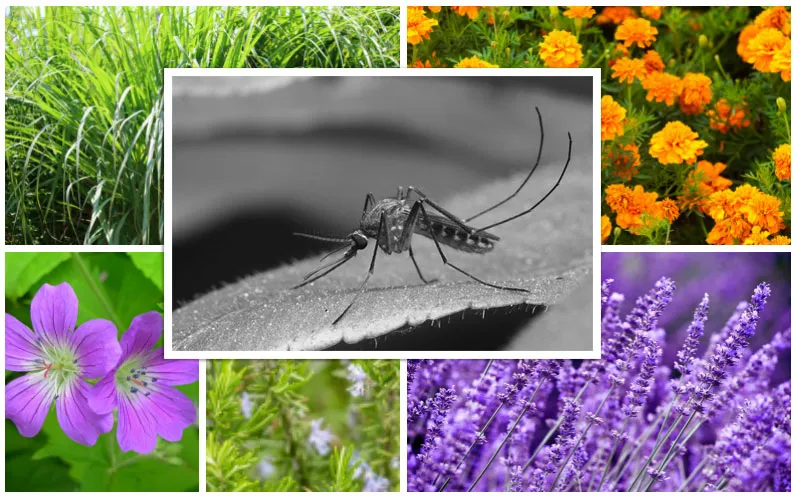
What’s the best mosquito repellent for yards? And how to get rid of mosquitoes naturally? One of the most popular solutions is to use natural mosquito repellent plants. Most plants use natural fragrance to repel insects as well as keep annoying mosquitoes away. Here are 12 plants that do the best job at keeping the mosquitoes away naturally, so you don’t have to use harsh chemicals, and at the same time they bring a wonderful combination of scents to your garden and yard.
Grow your own from seeds!
I have located the best variety pack of Non-GMO (heirloom) seeds including the best and safest from my list below and a couple of variations of the same type of plant totaling 15 varieties. They also have plant starter soil available for the best start when growing your plants.
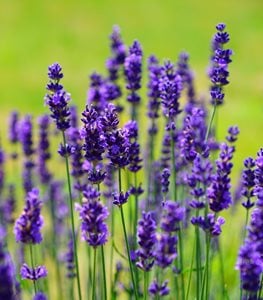
1. Lavender – Light: Lavender needs full sun and well-drained soil to grow best. In hot summer climates, afternoon shade may help them thrive. Soil: Lavender grows best in low to moderately-fertile soils, so don’t amend the soil with organic matter before planting. Lavender performs best in neutral to slightly alkaline soils.
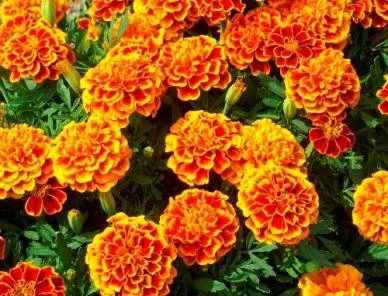
2. Marigold –Light: thrive in full sunshine and can often withstand very hot summers. African and signet marigolds are drought tolerant, while French marigolds are more tolerant of wet conditions. If planted in shade and cool, moist areas, marigolds are prone to powdery mildew and won’t bloom well. Easy to grow annual plant, does well in pots, deters Mosquitoes and also white flies

3. Citronella Grass(Lemon Grass) -Hardy only to 32 F which means it is a perennial only in warm climates. No matter where you live and whether you plant in the ground or in a pot, this grass needs plenty of water and sunshine Does well in big planters with full sun. Does not do well in frost climates. Very good repelling Mosquitoes
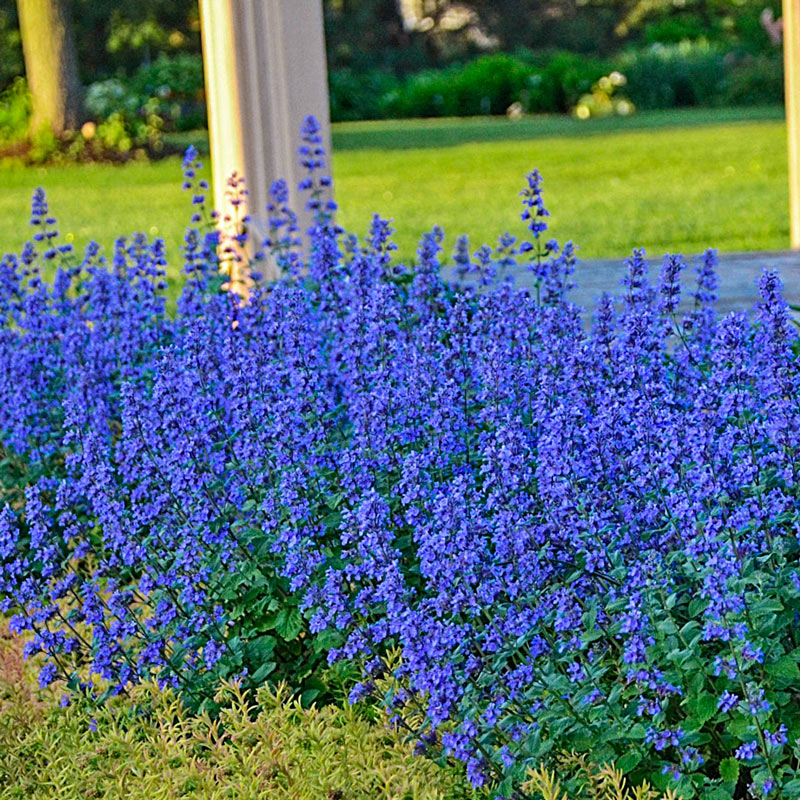
4. Catmint – Light: Plant in full or part sun in well-drained, humus-rich, compost amended soil. If growing in warmer parts of our region, plant where it will have afternoon shade. Space plants 1 to 2 feet apart in the garden. Keep first year plants well watered. Also known as catnip it is known to be 10 times more potent than Deet for repelling mosquitoes. It spreads quickly so you have to be careful where you plant it so it does not take over. .

5. Rosemary – Best in hot and dry climates. Would do well in pots in colder areas. Their woody scent also keeps carrot flies away. Plant in full sun for the best results. The planting site should have well-draining soil; rosemary won’t tolerate being consistently wet. Ideally, the soil should be relatively fertile (mix in compost prior to planting to increase nutrient levels), slightly acidic in pH (6.0 to 7.0), and have a loamy consistency
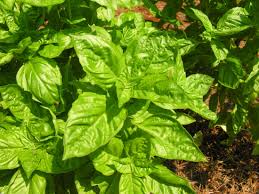
6. Basil – Plant basil 2 weeks after the last spring frost. This flavorful herb is perfect for raised garden beds, containers, and in-ground gardens. Space basil according to label recommendations, usually 12 to 18 inches apart. Grow in fertile, well-drained soil with a pH of 6.0 to 7.0. Needs to be damp, have good drainage and likes the sun.
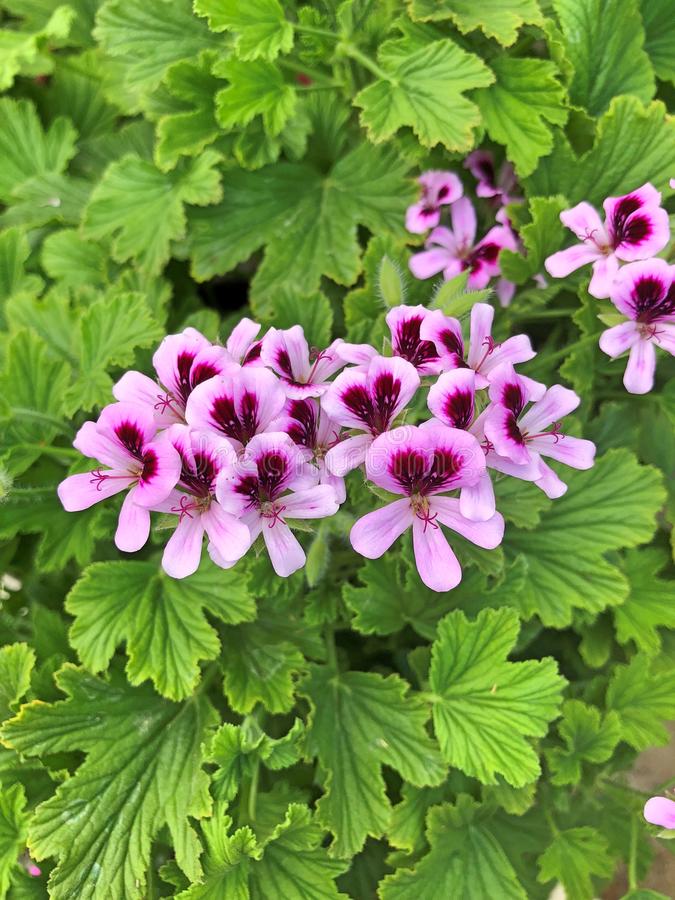
7. Citronella Geranium – Space 18 to 24 inches apart in an area that receives partial shade and has fertile, well-drained soil. Improve your native soil by mixing in several inches of aged compost or other rich organic matter.
Check soil moisture every few days and water when the top inch becomes dry.
Warm, sunny and dry climate, fast growing and keeps a number of pests away.
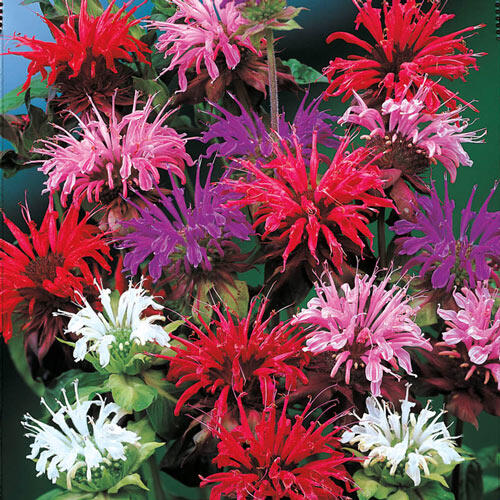
8. Bee Balm -Plant in spring or fall, once all chances of frost have passed. Space bee balm plants 18 to 24 inches apart in an area with full sun and fertile, well-drained soil with a pH of 6.0 to 6.7. Improve native soil by mixing in several inches of aged compost or other rich organic matter.
Attracts bees and butterflies while deterring the mosquitoes, must crush the leaves to release the oils.
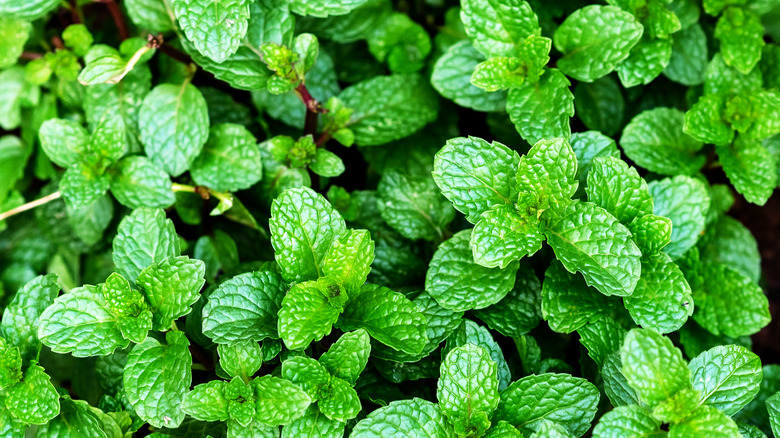
9. Mint – Plant in spring after the last frost. Space 18 to 24 inches apart. Give your garden a great foundation by improving native soil with several inches of aged compost or other rich organic matter.
Keep soil consistently moist and water when the top inch becomes dry.
Non toxic – also keeps ants away, great for pots or planters near kitchen

10. Floss Flower – Great as a container plant however toxic to animals and humans. Last resort repellent.
Ageratum will do well in sunny locations planted in moist but well-drained soil that has been amended with compost or peat moss. Space shorter varieties about 6 inches apart, taller varieties about 12 inches apart. As they become established, ageratums need to be kept moist.
Soil Type: Moist, well-drained soil
Sun Exposure: Full sun to part shade
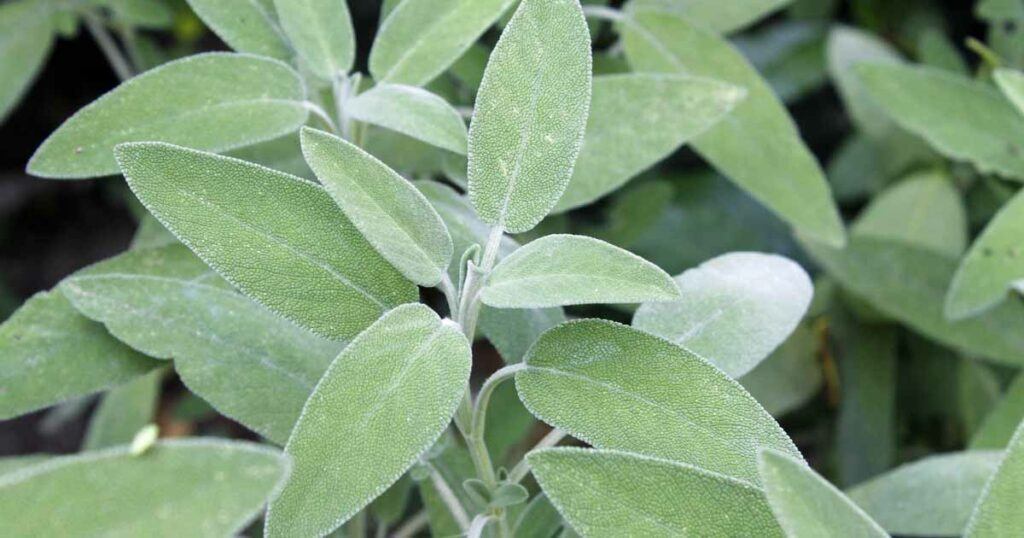
11. Sage – Hearty plant can be burned to ward off insects and animals and also dried for homemade bug spray.
Space plants 18 to 24 inches apart in an area that gets plenty of sunlight and has rich, well-drained soil with a pH of 6.5 to 7.0. If planting in a garden bed, give your native soil a boost of nutrients by mixing in several inches of aged compost or other rich organic matter.
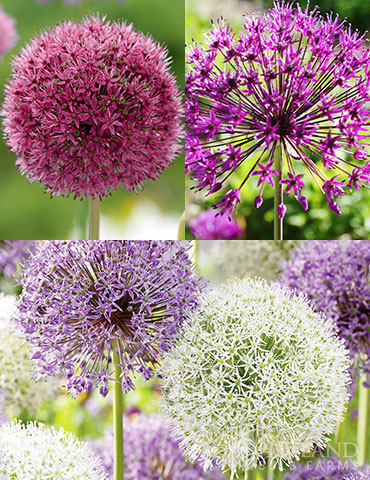
12. Allium – Thrive best in a sunny spot with very well-drained soil. They’re not fussy about soil type. Plant taller varieties towards the back of a border and shorter-growing types in the front.
Alliums are well suited for growing in pots but their strappy foliage can look unsightly after flowering. Include garlic and onions keep the mosquitoes and other pests at bay.


Very informative, so helpful
I am glad that you found the information helpful.
Let me know if you have any questions or if there is anything I can do for you. /.
Thank you so much , will definitely keep that in mind .
As someone who just bought a home with a large backyard and as someone who gets bit my mosquitos a lot this information was very useful.
I am glad that I was able to provide useful information. If you have any questions or if there is anything I can assist you with please feel free to let me know. I have covered a lot of information however there will be a lot more coming. Feel free to leave your email information and I will keep you updated on anything new. I have people asking me where I purchased the items I use to combat the mosquitoes so I will put that information up for those looking for it.
Have a great day
Thank you very much for this valuable and detailed post about best natural mosquito repellent plants. Actually, I did not know about some of the plants mentioned here. There are more mosquitoes these days. I will definitely plant a few of these. Many thanks for this valuable post. Keep posting like this. I definitely share this.
Thank you for the comment. When you get the chance you should read the other post about the worlds deadliest animal. I had no idea until I started researching the impact mosquitoes have on our planet.
Just to let you know I added some links on where you can purchase the individual plants and a link if you are interested in purchasing seeds and growing yourself. The seeds are really inexpensive and contain 15 total varieties of repellent plants.